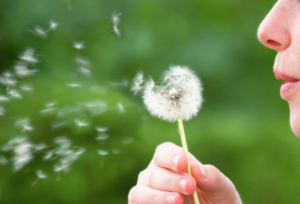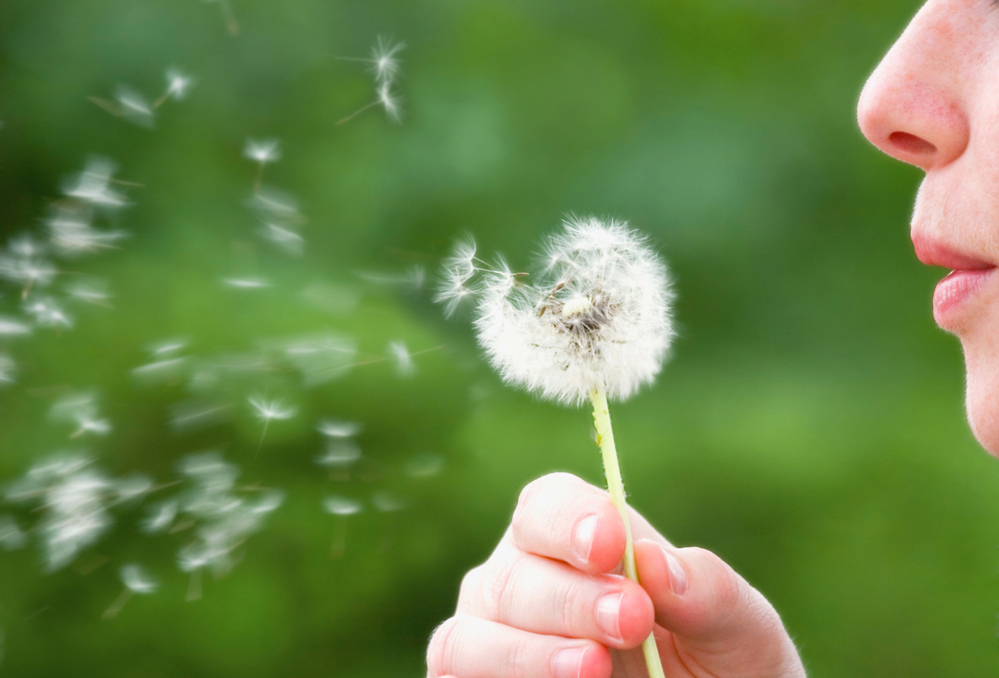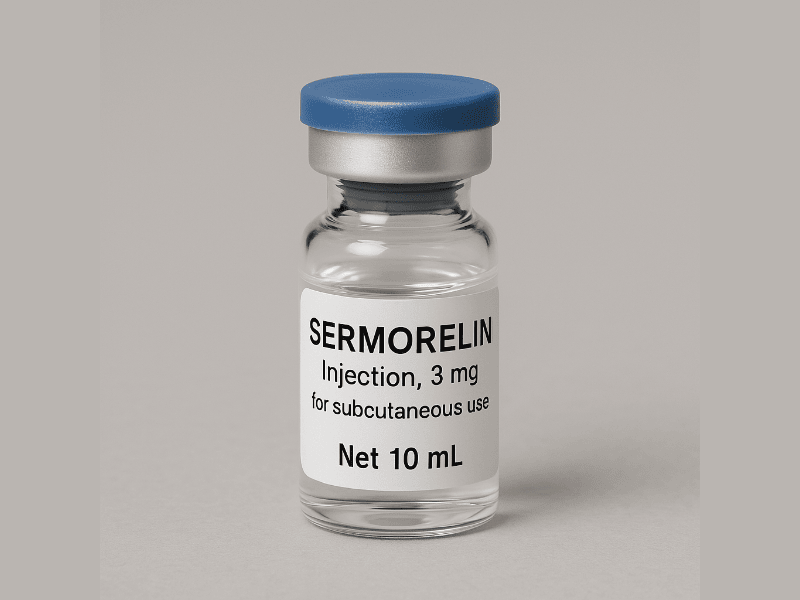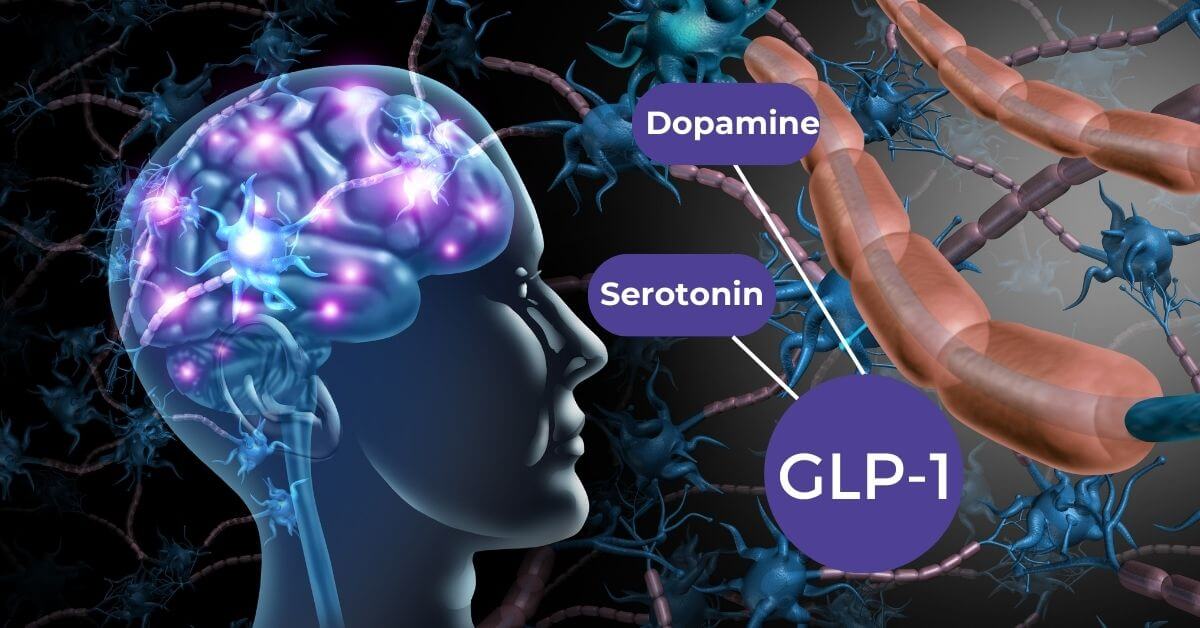
When our immune system responds to potentially harmful, foreign substances, allergies occur. These foreign substances, called allergens, are often found in certain foods, drugs, pollen grains, and even pet dander. The most common allergies cause us to sneeze, suffer from watery eyes, or break out with rashes. Do you need quick access to healthcare for your allergies? TEXT2MD in Chicago, IL offers streamlined medical services for providing you with urgent, expedited medical care.
Food Allergies
Food allergies are caused by the immune system’s response to specific types of food. Do you feel weird, uncomfortable, or itchy after trying a new dish? As soon as you take a bite of these so-called “problem foods”, you may experience allergic symptoms that can last for as long as two hours. Food allergies usually develop in childhood, but they can also appear later in life.
1. Gluten Allergies
Gluten is a collective term for proteins found in many types of grains, including rye, wheat, and barley. Foods that are high in gluten also include bread, pasta, and cereals. Are you wondering why some people go gluten-free? Some people suffer from medical conditions and diseases that cause them to become allergic to gluten. By eliminating foods with this protein, they can avoid serious health problems.
What Happens When You Experience Gluten Allergies?
The most common allergic reaction to gluten occurs in people who have celiac disease. Consuming foods with gluten triggers their immune system. This causes a reaction that damages the lining of their gastrointestinal tract. As a result, this damage causes the poor absorption of nutrients from food. They become more likely to suffer from osteoporosis, infertility, and nerve damage.
Gluten intolerance, on the other hand, simply refers to difficulty in absorbing gluten. Lactose intolerance causes problems such as weight gain, bloating, diarrhea, and constipation.
2. Crustacean Allergies
Are you a fan of crustacean food? Popular examples include lobster, crab, shrimp, prawn, and crayfish. These aquatic animals have a hard shell, no backbone, and are the main ingredients in many delectable dishes throughout the globe.
Unfortunately, some people have crustacean or shellfish allergies that cause them to develop symptoms such as hives, itching, and swelling. These symptoms may occur on the lips, face, throat, and other parts of the body. The protein in crustaceans called tropomyosin is responsible for triggering the body’s immune system.
Should You Avoid All Types of Seafood?
Seafood dishes are popular, nutritious, and can even be luxurious or expensive. But what if you are allergic to shrimp, for example? Can you still eat other groups of shellfish or seafood? The good news is that you can be allergic to just one type of seafood or crustacean.
Shrimp causes the most common allergies for both children and adults. Not everyone who is allergic to shrimp is also sensitive to other types of crustaceans. You can still try to eat foods such as crab, prawns, or mollusks. Just be careful and take small bites at first.
3. Egg Allergies
Eggs are a nutritious source of protein and a key ingredient in many types of dishes. But did you know that some people cannot tolerate eggs in their diet? The most common symptoms of egg allergies include nasal congestion, sneezing, and runny nose. Some people experience worse digestive symptoms, such as abdominal cramps, nausea, and vomiting. Eggs can also trigger asthma signs in some people.
Avoiding foods that contain eggs can be tricky. Don’t forget to carefully look at ingredient labels. Some of the most common foods that have eggs include mayonnaise, meringue, crepes, eggnog, and some types of salad dressing.
Is It Possible to Get Rid of an Egg Allergy?
If you have egg intolerance, the best option for you is to avoid eggs as much as you can. You can eliminate eggs from your diet, or try to avoid them for several weeks at a time. Some babies and children have egg allergies, but most of them outgrow this condition later on.
4. Peanut Allergies
Peanut allergies can cause mild to dangerous allergic reactions. Within minutes after exposure to peanuts, you may experience symptoms such as swelling, hives, and extreme redness. Mild symptoms include itchy eyes and a runny nose. Itching and tingling in the throat are also common. The worst allergic reactions to peanuts include diarrhea, nausea, abdominal cramps, or vomiting.
If you are lucky, the first symptoms go away after your initial exposure. However, the second wave of symptoms may occur a few hours later. Those who are allergic to peanuts have immune systems that release histamine and other mediator substances after exposure.
Can You Suddenly Develop Peanut Allergies?
Peanut allergies are usually discovered during childhood. However, some people can suddenly develop an allergy to peanuts, which they normally eat. If you’re experiencing the signs of a peanut allergy, it’s a good idea to drink plenty of water. Staying hydrated helps alleviate most signs of peanut allergy and will help you to prevent further histamine production.
5. Milk Allergies
Have you found yourself wheezing, vomiting, and suffering from other digestive problems after drinking or consuming food with milk? Then you’re likely suffering from milk allergy. It is one of the most common allergies that affect children and babies.
There’s a difference between milk allergies and lactose intolerance. When you cannot tolerate lactose, it means that you cannot properly break down or digest the sugar found in milk and other dairy products. A milk allergy, on the other hand, means that you experience an allergic reaction to proteins found in milk.
Is It Possible to Treat Milk Allergies?
If you are allergic to milk and accidentally consume it, you may take antihistamines to reduce the signs of your allergy. Some people, however, can have worse reactions that require the injection of adrenaline and admission to the emergency room. Some of the worst reactions include a drop in blood pressure, difficulty breathing, and a weak pulse.
Environmental Allergies
Everyday surroundings such as your workplace, home, and the great outdoors can also cause the most common allergies. We refer to these as environmental allergens. Are you irritated by exposure to dust mites, molds, cockroaches, and pet dander? Then you might be experiencing an environmental allergy. The most common immune system responses you might have experienced are hay fever or allergic rhinitis.
6. Pet Allergies
Certain proteins that cause allergic reactions can be found in an animal’s skin cells, saliva, or urine. Do you experience signs such as sneezing and a runny nose after touching someone’s pet? You likely have a pet allergy. Signs of asthma, such as difficulty breathing and wheezing, are also some of the common allergic reactions people can experience because of pets.
What’s the Best Way to Deal With Pet Allergies?
Luckily, pet allergies tend to disappear over time for many people. Others even develop immunity to their pets. Allergies to pets are common among children and infants. Doctors recommend the use of antihistamines. This medication blocks the effects of the proteins that trigger allergy symptoms.
7. Pollen Allergies
Do you experience allergic reactions during spring, summer, and fall? Pollen is one of the most common allergens for those who suffer from environmental allergies. Many people refer to this condition as hay fever or seasonal allergic rhinitis. By accidentally breathing air with pollen, you may experience nasal congestion, sneezing, and a runny nose. Luckily, symptoms get better once you get inside your house and eliminate your exposure to the allergen.
Are There Treatments for Pollen Allergies?
Some people may experience flu-like symptoms. The most common treatments that provide relief for pollen allergies include taking over-the-counter medication, using Immunotherapy tablets, or using nasal sprays. These treatments work to provide relief for itching and congestion.
8. Dust Mite Allergies
Tiny bugs that live in house dust can cause allergic reactions. These little organisms may be the reason why you’ve been sneezing, suffering from a runny nose, and experiencing signs of asthma. Barely visible to the naked eye, dust mites are smaller than one millimeter. They thrive in humid areas and can be present throughout the year.
What’s the Best Way to Deal With Dust Mite Allergies?
Antihistamine tablets work well for relieving the signs of dust mite allergies, which often include sneezing and a runny nose. The most common allergies cannot be cured, but you can effectively manage it by making some changes or adjustments around the house.
Experts often recommend removing wall-to-wall carpets and curtains, especially in the bedroom. You can also minimize humidity around the house and frequently wash mattresses and pillows in hot water.
9. Mold Allergies
Everyone can inhale mold spores found in the air. But some people experience allergic reactions with too much exposure. When mold spores get into your nose, you may experience symptoms such as sneezing, itching, runny nose, nasal congestion, and dry skin. Worse, they can reach the lungs and trigger symptoms of asthma.
Mold allergies are one of the most common environmental allergies you should be wary of. They can be triggered by food or environmental allergens. Some of the most common mold allergens are Cladosporium, Alternaria, Penicillium, and Aspergillus.
What Should You Do if You Have Mold Allergies?
Corticosteroids, antihistamines, and nasal sprays are the most common treatments for mold allergies. These can help treat the inflammation, itching, and sneezing caused by allergens. You may also need to avoid certain foods such as blue cheese, vinegar, and food with yeast.
Drug Allergies
Any medication may induce a drug allergy, whether it’s prescription, herbal, or over-the-counter. However, some types of medication are more likely to cause you an allergic reaction. Do you experience fever, rash, or hives after popping a pill or taking a tablet? Then you may be experiencing a drug allergy. You may need to discontinue the drug for a few days before you can experience complete relief from your symptoms.
10. Sulfite Allergies
Be careful when it comes to taking medication that may have sulfa compounds. Some people may experience mild to severe allergic reactions such as difficulty breathing, itchy eyes, swelling, and hives. Worse symptoms may include dizziness, diarrhea, and vomiting.
Do You Need to Avoid All Sulfates or Sulfur?
If you have an allergy to sulfites, you may not necessarily need to avoid the use of sulfates of sulfur. These compounds can often be found in some soaps, shampoos, and other personal care products. They will not necessarily cause adverse reactions to those who are sensitive to sulfite.
Experience Care for the Most Common Allergies
Allergies may cause chronic illnesses that affect our quality of life. Are you searching for effective, reliable treatment and relief for your allergic symptoms? Get in touch with TEXT2MD in Chicago, IL today to schedule a consultation with board-certified physicians. We’ll help you get the urgent care and professional advice that you need so you can enjoy relief and comfort whenever, wherever you are.





